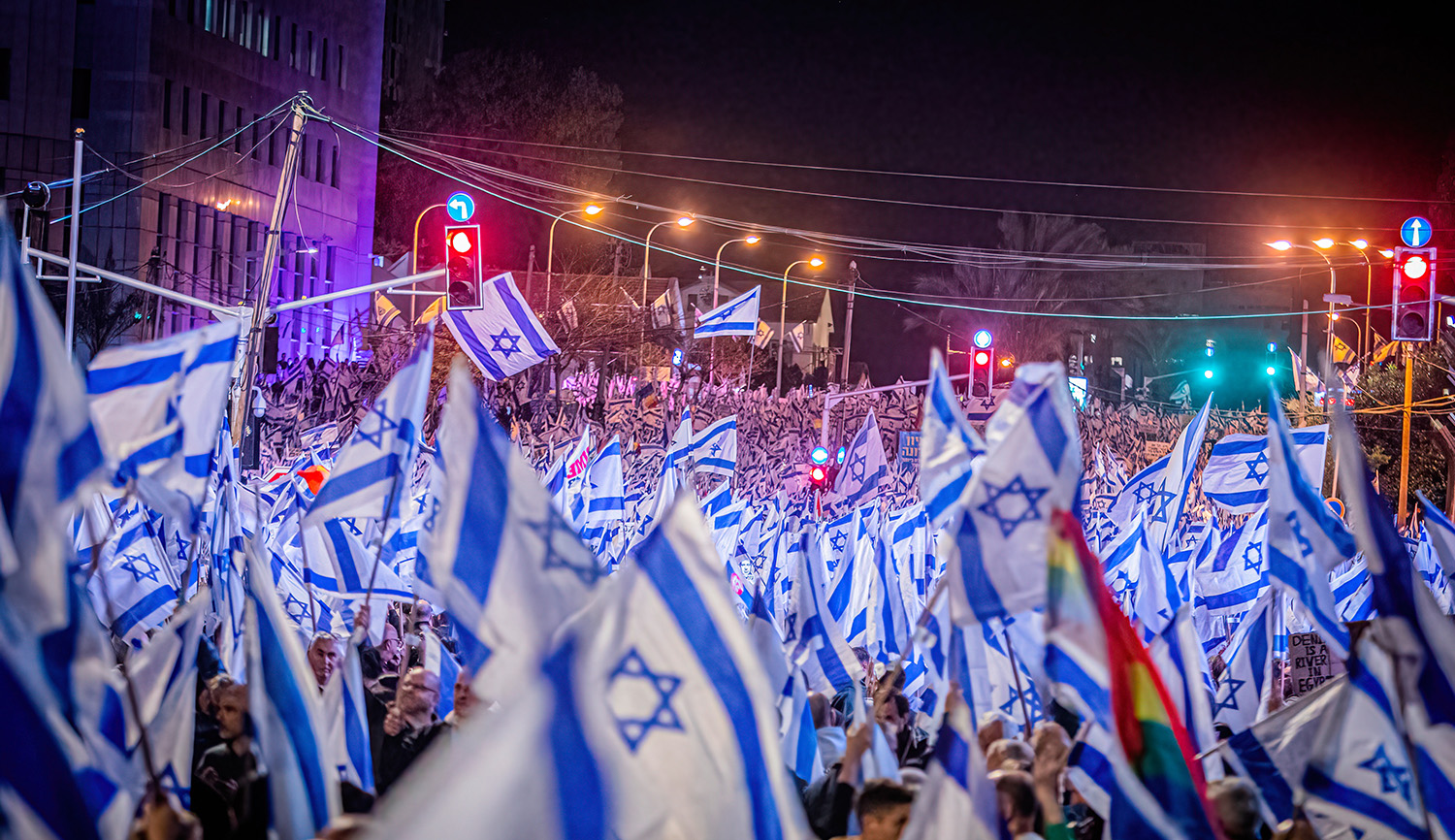Yesterday, writes Elliott Abrams, marked the anniversary of two major events in the recent history of the Middle East: the overthrow of the Egyptian dictator Hosni Mubarak in 2011 and the electoral victory of Hamas in Gaza in 2005. Abrams draws some parallels, and some lessons.
In both cases high hopes were crushed. . . . Egypt today is more repressive than it was under Mubarak, and Palestine is divided between Gaza, ruled by Hamas without a scintilla of democratic practice, and the West Bank, ruled by Fatah just as it was when Yasir Arafat lived. . . .
[I]t is worth noting what the Egyptian picture has in common with the Palestinian one: the lack of strong democratic political parties. The Muslim Brotherhood won [the post-Mubarak election] in good part because it had weak competition, and it had weak competition because Mubarak for three decades made sure centrist or moderate (including moderate Islamist) parties could not be organized. Similarly, Hamas won in 2006 in good part because of the absence of alternatives. . . .
So . . . these fifth and tenth anniversaries are a reminder (among many other things) of the importance of building democratic political parties, or, put otherwise, of the impossibility of achieving democracy when no such parties exist. Efforts to promote democracy in Arab and other lands that count solely on NGOs and “civil society” will not succeed if this crucial ingredient—democratic political parties—are absent.
More about: Arab democracy, Egypt, Gaza, Hamas, Hosni Mubarak, Politics & Current Affairs


